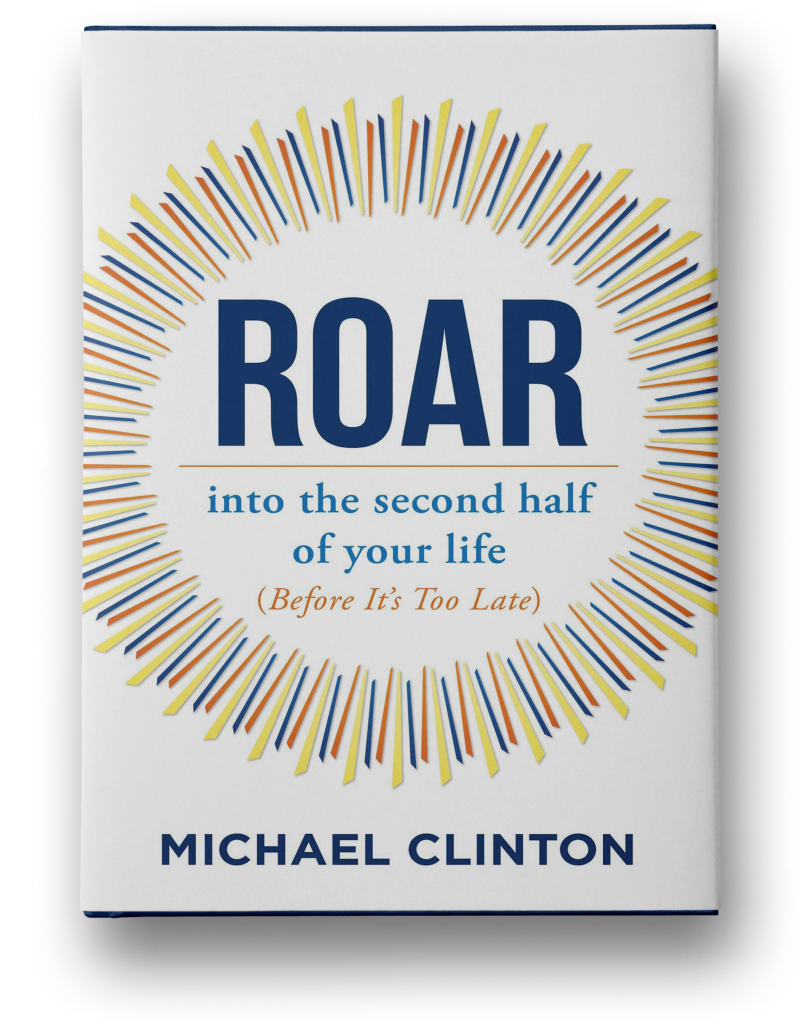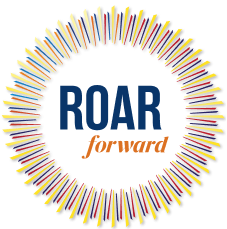Everyone knows that walking is good for you. It can help regulate weight, improve sleep, elevate mood, transform stress, and boost productivity. Walking is a keystone habit that brings out other good habits. Most people want to walk more. But what if you could learn how to walk better? What if you could make every step easier, more comfortable, and energizing?
You can! The secret is to connect with your natural design, unlocking more efficiency and energy in every step. Here are 5 simple steps to Walking Well:
1-Stand like a crane.
In a healthy gait, your weight will be on just one leg about 40% of the time. The ability to stand on one leg usually declines with age. According to a 2022 report in the British Journal of Sports Medicine, people over 50 who are unable to stand on one leg for at least ten seconds have an 84% higher risk of death from all causes. The study, which accounted for age, gender, and underlying conditions, suggests that you can lower your risk of death from all causes over the next decade by improving your ability to balance on one leg at a time. Standing on one leg for a few minutes each day is one of the simplest and most effective ways to improve your balance and ensure that you can walk well as the years go by.
2-Give up striding forward.
Since we are usually walking forward, we tend to assume that walking happens by “putting one foot in front of the other”, but that’s not the most useful way to think about it. A few minutes of careful observation makes it clear that walking initiates from your back foot interacting with the ground.
If you go for a 1-minute walk and attempt to lengthen your stride by taking big steps in front of you, you’ll notice that it takes much more work. If you go for more than a minute, you’ll soon be exhausted because you are not receiving power from the ground.
So, give up the notion of striding forward, let go of the idea that you must reach your feet out in front of you, or take a big step to get in your stride, and instead roll with the power that comes from the back.
3-Unbrace your feet and ankles.
When Captain Sully Sullenberger piloted US Airways Flight 1549, he asked the crew and passengers to “brace for impact” just before landing safely on the Hudson River. Bracing for impact is a good idea if you are in an emergency landing situation, but it isn’t helpful in walking.
Most people tighten up their feet, unconsciously, just before they touch the ground. There is no need to brace your feet for impact the moment before they touch the ground.
Your walking will change forever when you stop bracing your feet just before they touch the ground.
At first, this may feel strange, and a bit more vulnerable, but soon each step will start to feel softer and springier. When the bracing disappears, the feet spread out like there’s a web between the toes. This leads to a more complete experience of connecting with the support of the ground at every step.
4-Walk with bear feet.
Unlike most mammals that walk on their toes, we humans utilize the whole length of our foot soles when we walk. Dogs and cats, for example, are digitigrades. (The word “gradior” is Latin for “walk” and “digitus” is Latin for “finger” or “toe”). Humans and bears are plantigrades. (The word “planta” is Latin for “sole of the foot.”) The skeletal structure of human feet and hands and bear paws are remarkably similar.
Unlike bears and other plantigrades, we hold a lot of unnecessary tension in our feet. We are so used to this tension that we become oblivious to it until we let go of it.
If you unbrace your feet and ankles and feel the power from behind you your feet will spread out on the ground with every step, like a big, comfortable, happy bear.
5-Let Mother Earth support you.
According to the Cambridge Dictionary, to “stand on your own two feet” means “to be able to provide all of the things you need for living without help from anyone else.”
“Stand on your own two feet” connotes the common-sense advice to develop the wherewithal to support yourself through your own initiatives without inappropriate dependence on your parents or anyone else. But when it comes to actual physiological standing, it is impossible. We cannot stand without support from the ground. When it comes to standing, or walking, we cannot be fully self-supportive, ever.
We cannot stand “on” our feet, or walk “on” our feet because our feet are part of our bodies. We don’t stand on our feet. We stand on the ground.
This is more than just a semantic adjustment, it’s the beginning of a revolution in our understanding of what it means to stand, to walk, to be in the world. The truth is:
You are always dependent upon the ground under your feet to walk. As you come to experience this kinesthetically you will feel deep gratitude with every step you take.
Walking Well: A New Approach for Comfort, Vitality, and Inspiration in Every Step by Michael J. Gelb and Bruce Fertman will be released by New World Library on September 3, 2024. Available for PREORDER NOW.

